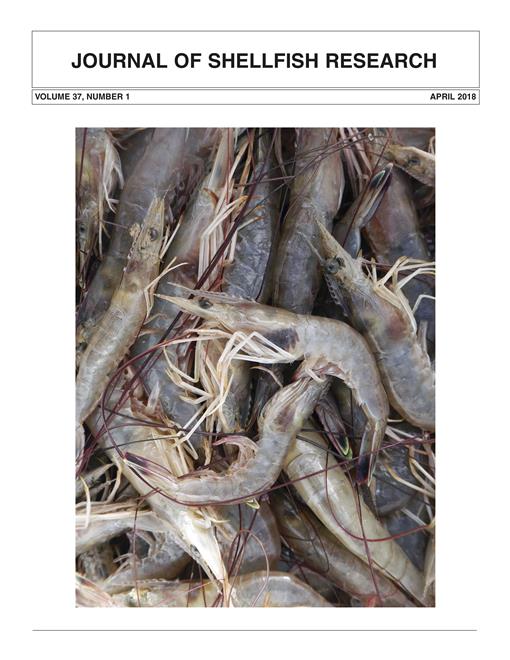Severe outbreaks of black gill (BG), heavily melanized gills of crustaceans, have been reported in white (Litopenaeus setiferus) and brown shrimp (Farfantepenaeus aztecus) from coastal Georgia and South Carolina during late summer and fall since the mid-1990s. The cause of this condition is an apostome ciliate that elicits the innate immune response of the shrimp, resulting in the formation of melanized nodules in shrimp gill tissue. In the absence of a definitive identification, the causative ciliate is referred to as the shrimp black gill (sBG) ciliate. During outbreaks, necrosis of gill tissue was often seen in microscopic sections; in some cases, there appeared to be penetration of the ciliate into gill tissue. Shrimp with BG exhibited reduced physical endurance and escape responses compared with shrimp without symptomatic BG. Physical impairment due to BG may contribute to higher predation rates and increased vulnerability to environmental conditions. The infection transmission rate of the sBG ciliate appears to be atypically low for apostome ciliates, raising the question of how epidemic levels of BG reoccur annually. Asymptomatic shrimp placed in direct contact with carcasses (heads) from BG symptomatic shrimp exhibited a significant increase in the development of BG symptoms after 7 days (P = 0.028), but waterborne transmission was not detected. A preliminary survey of sympatric crustacean species, including syntopic species of grass shrimp (Palaemonetes spp.), indicated the possible presence of the sBG ciliate, suggesting that other crustacean species may serve as infection reservoirs. These studies support the conclusion that BG is negatively impacting the penaeid shrimp fishery and highlight the challenges that remain in understanding and managing the ongoing sBG epidemic in the southeastern United States.
How to translate text using browser tools
1 April 2018
Pathology, Effects, and Transmission of Black Gill in Commercial Penaeid Shrimp from the South Atlantic Bight
Marc E. Frischer,
Amy E. Fowler,
Jeff F. Brunson,
Anna N. Walker,
Shirley A. Powell,
Ashleigh R. Price,
Karrie Bulski,
Robin L. Frede,
Richard F. Lee
ACCESS THE FULL ARTICLE

Journal of Shellfish Research
Vol. 37 • No. 1
April 2018
Vol. 37 • No. 1
April 2018




